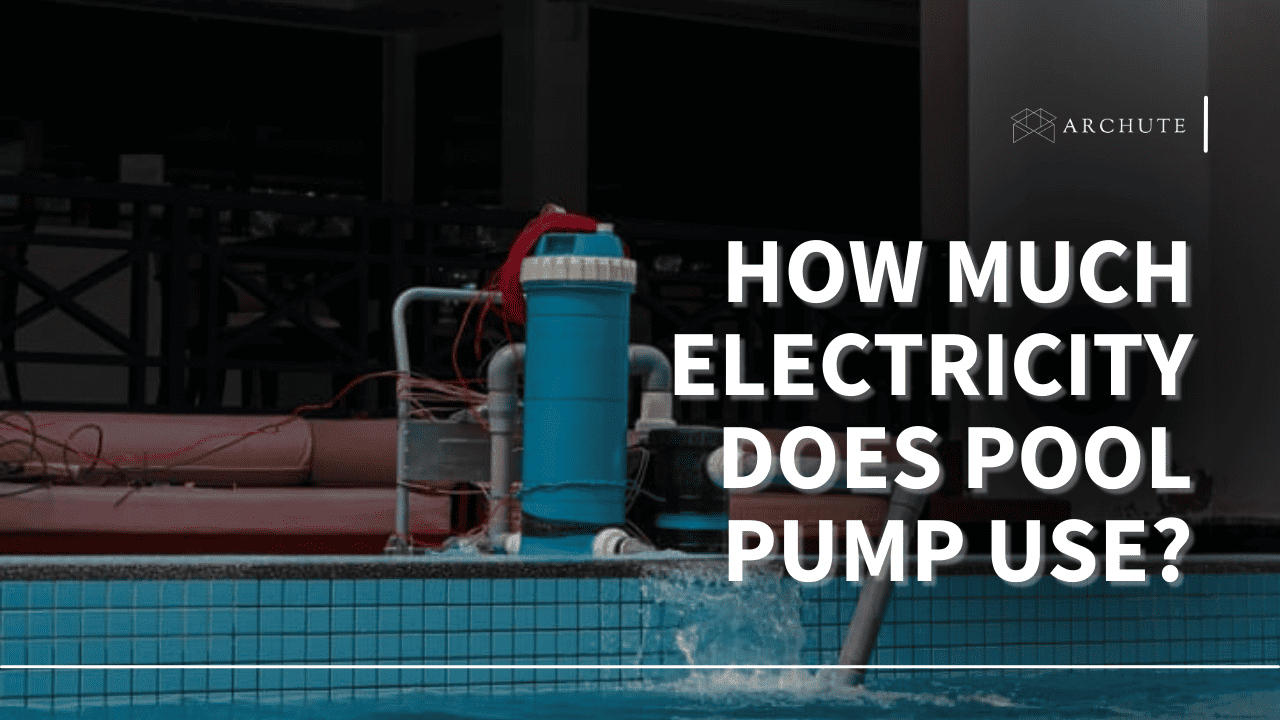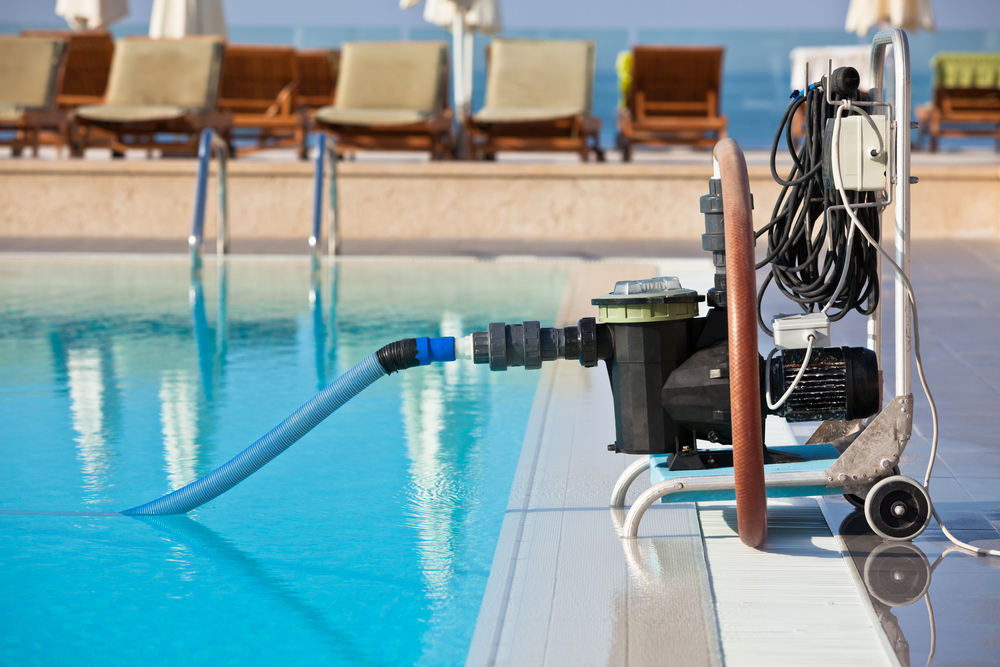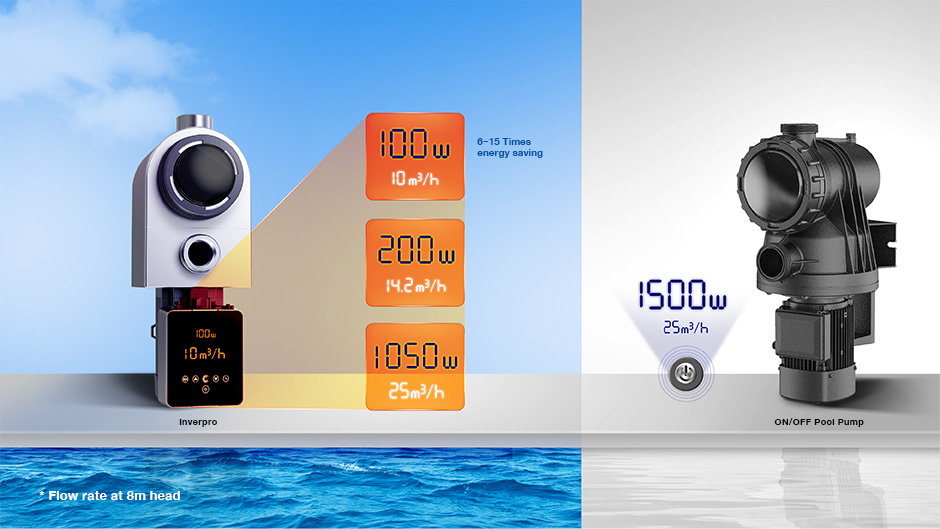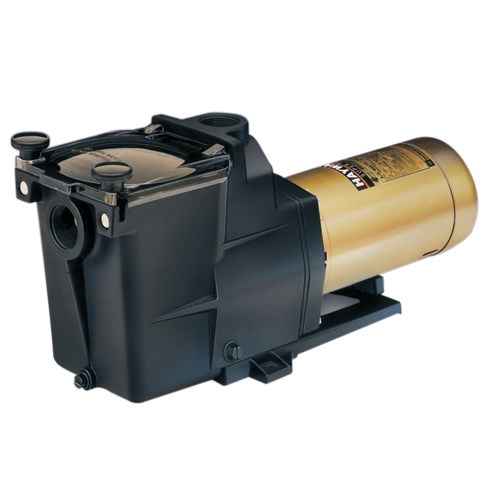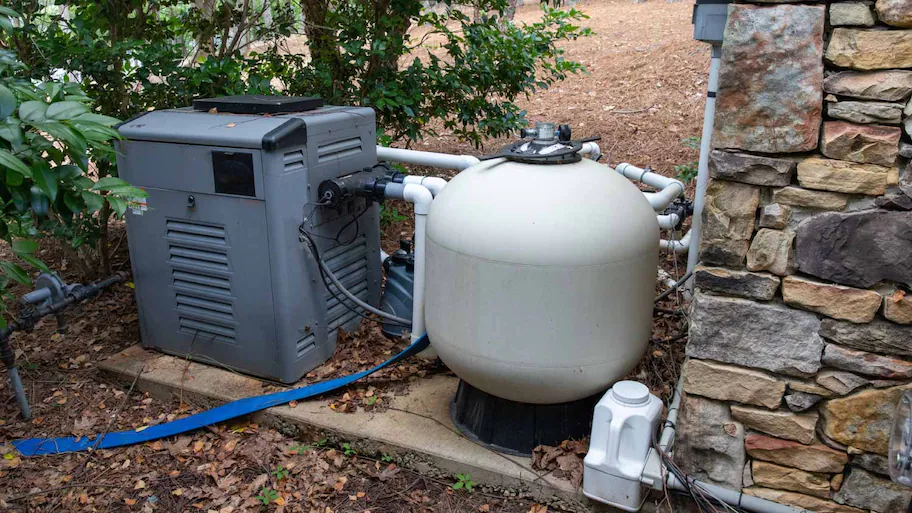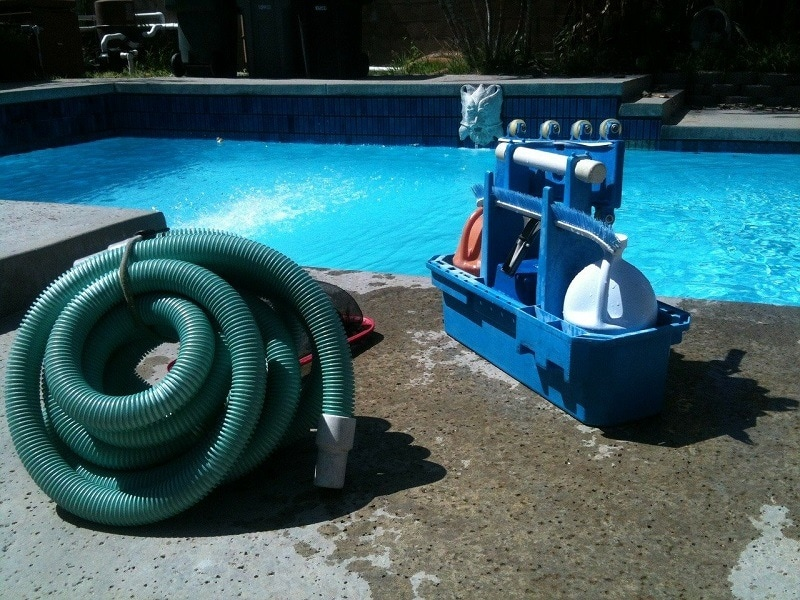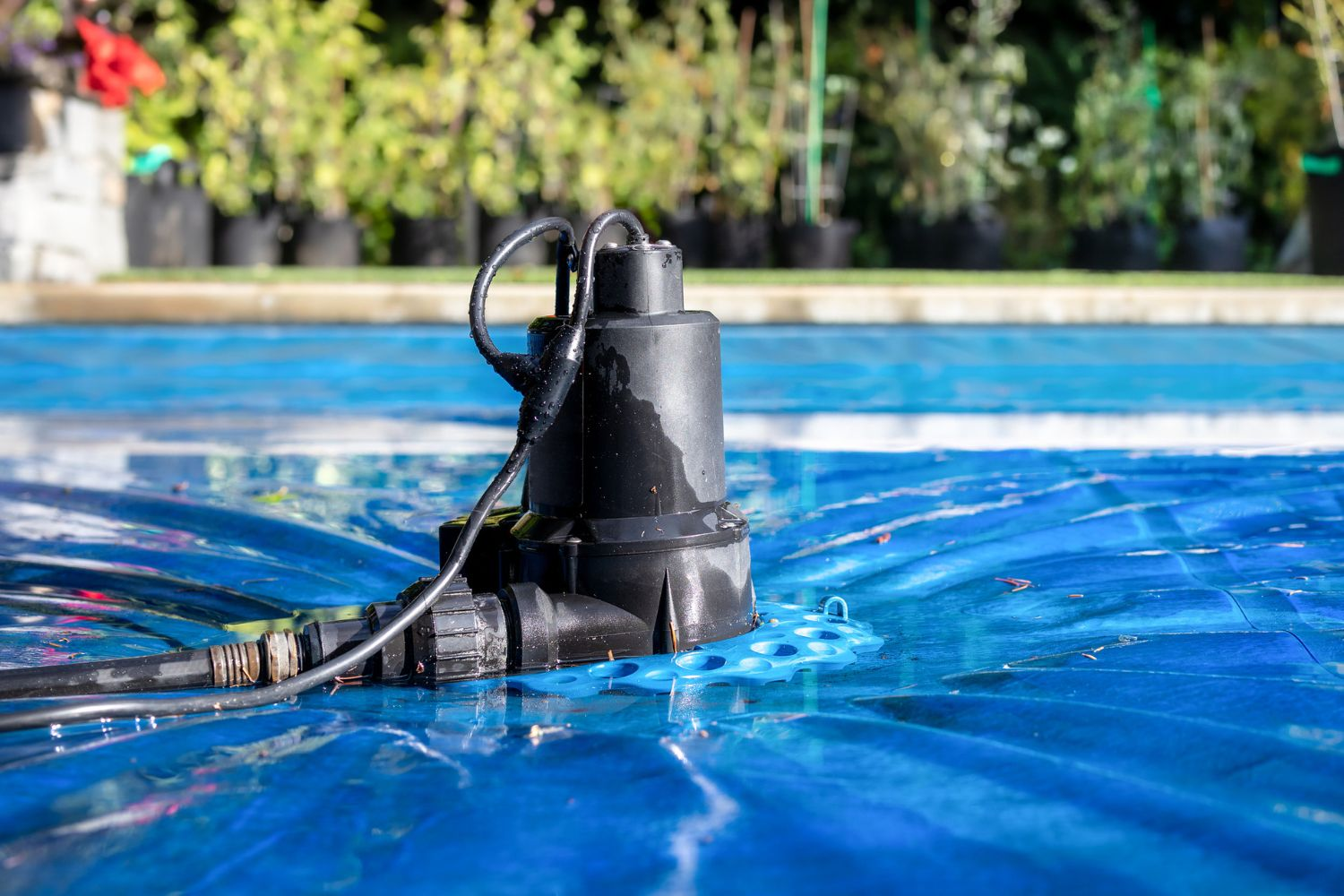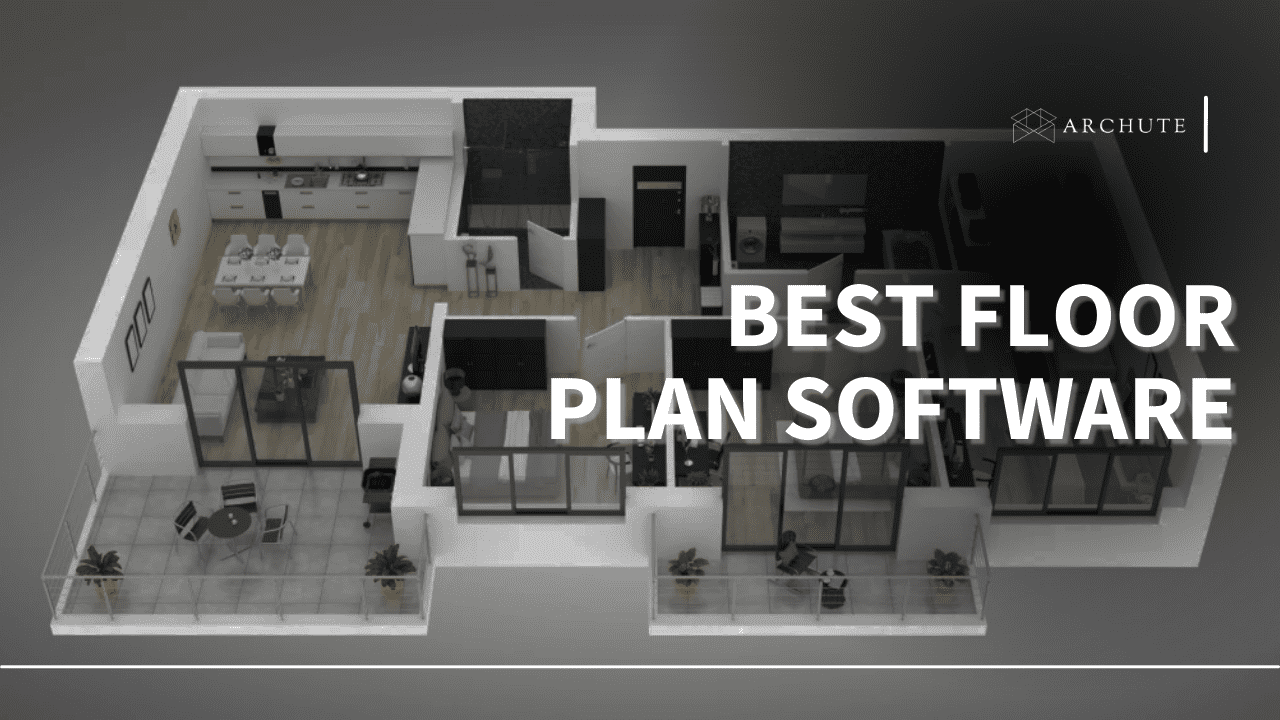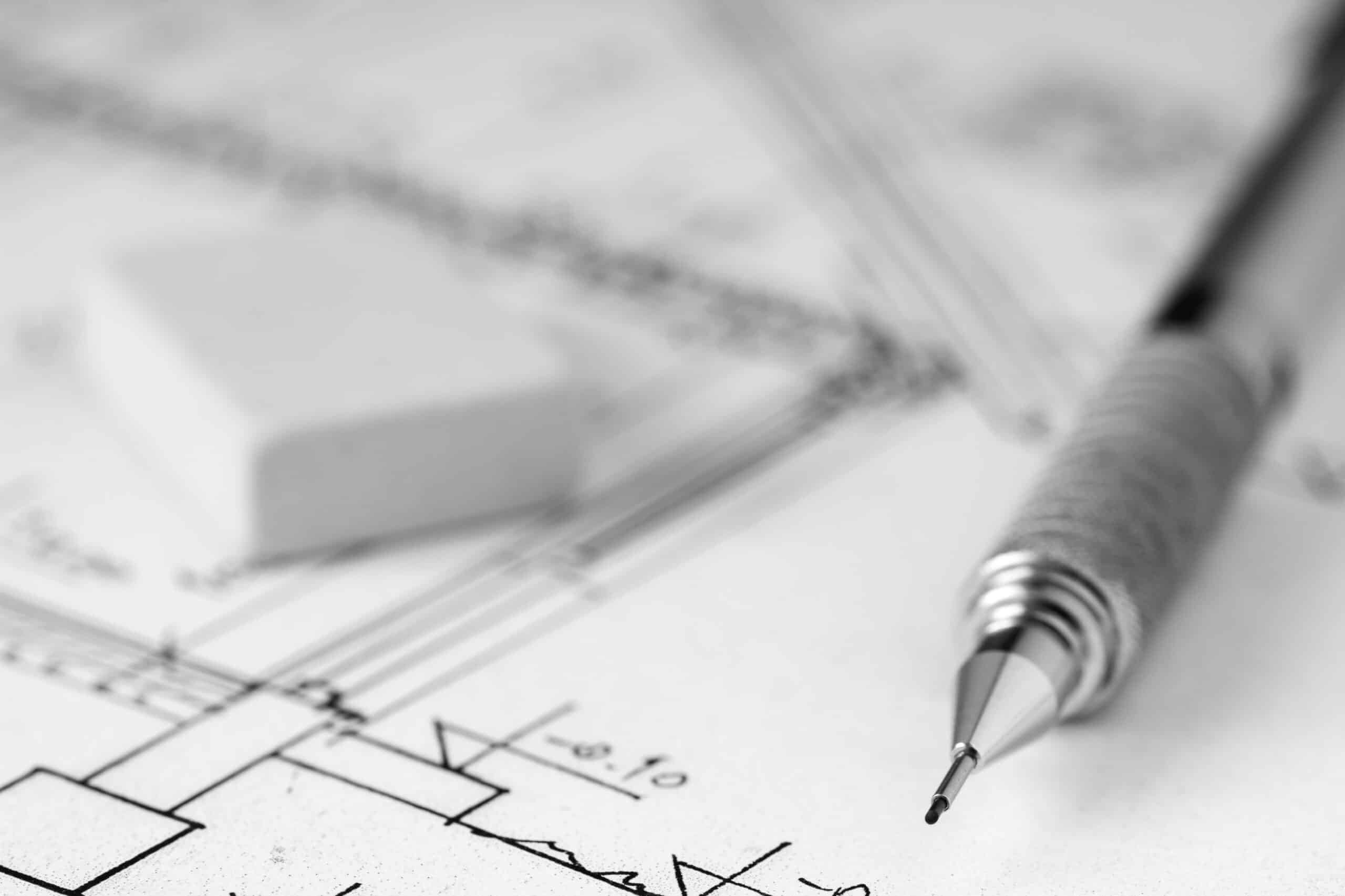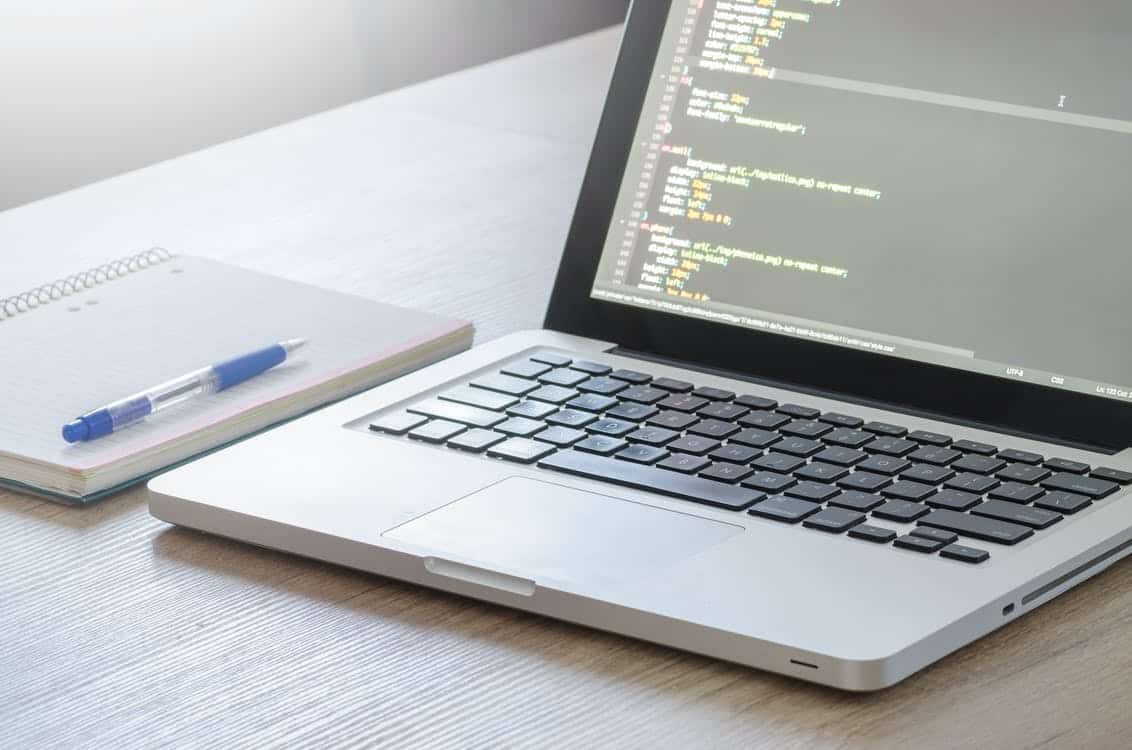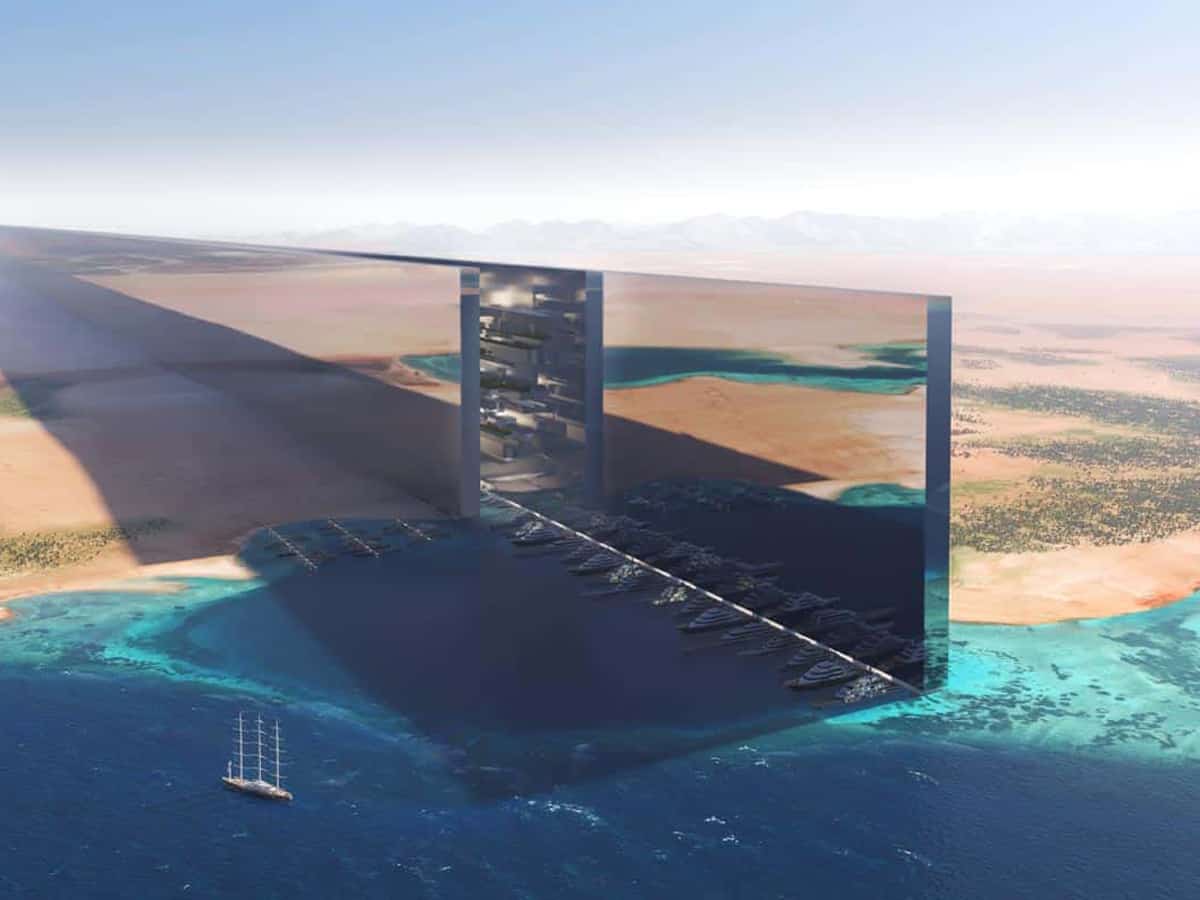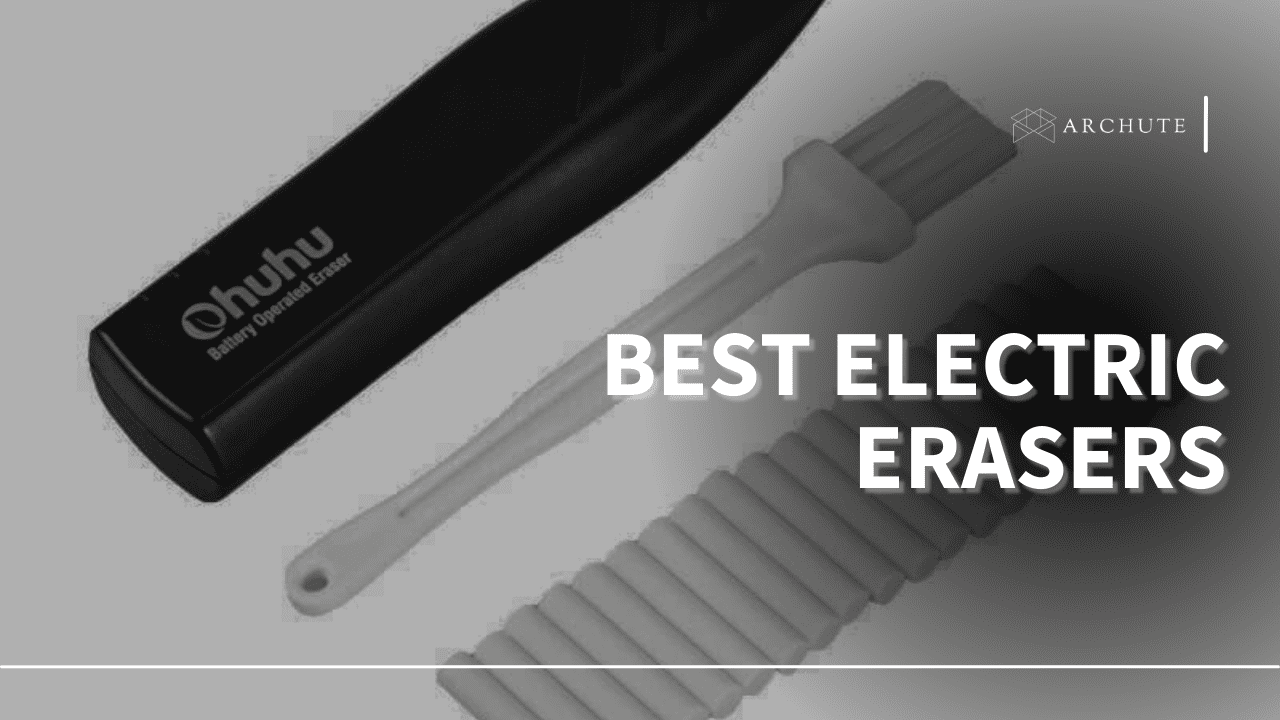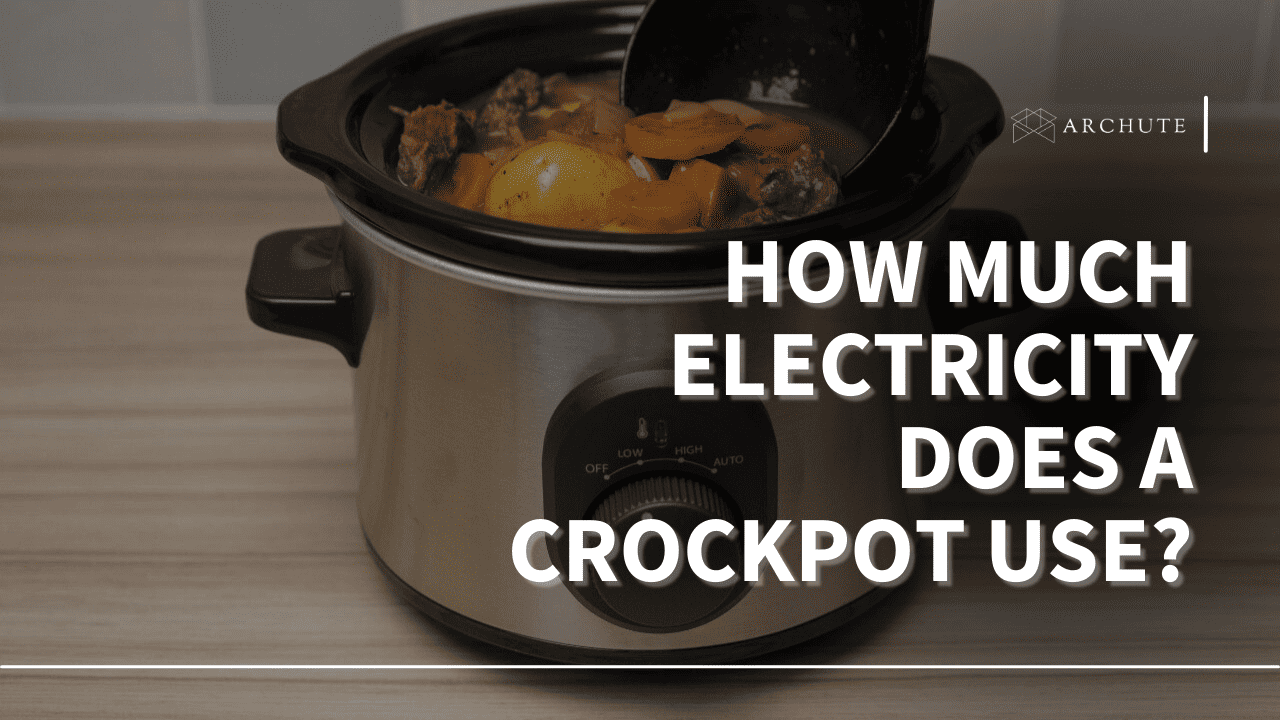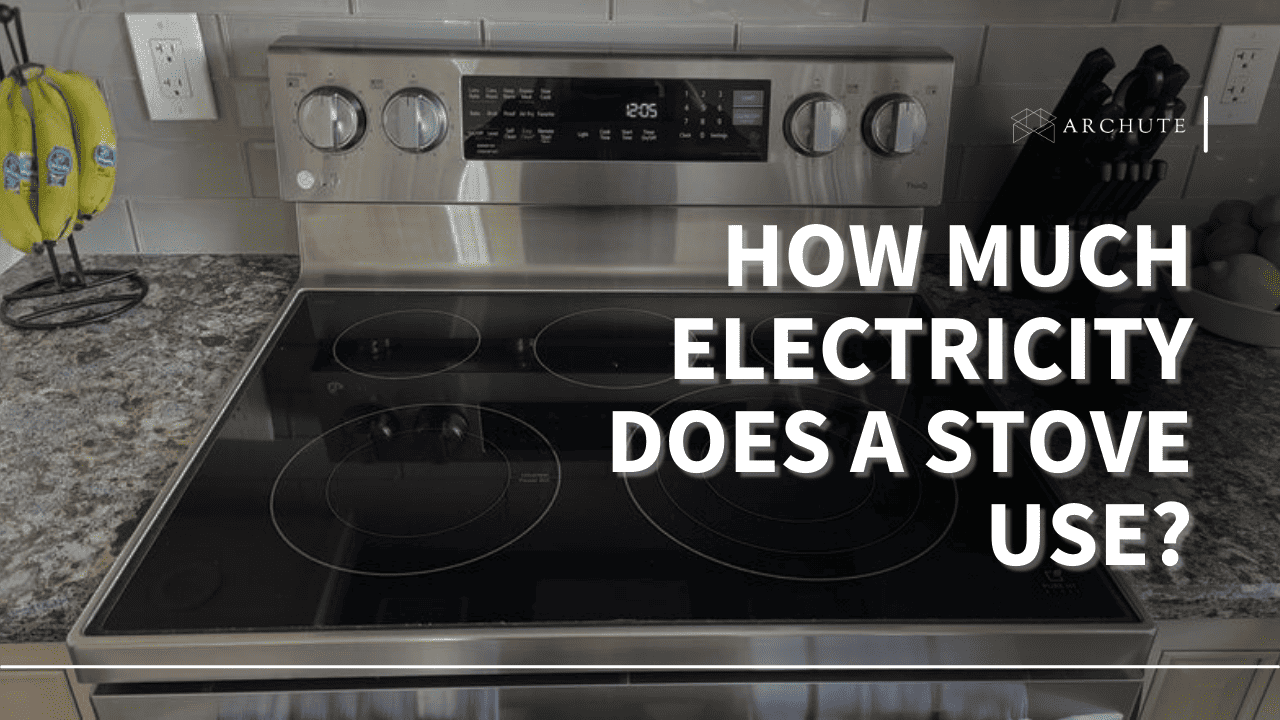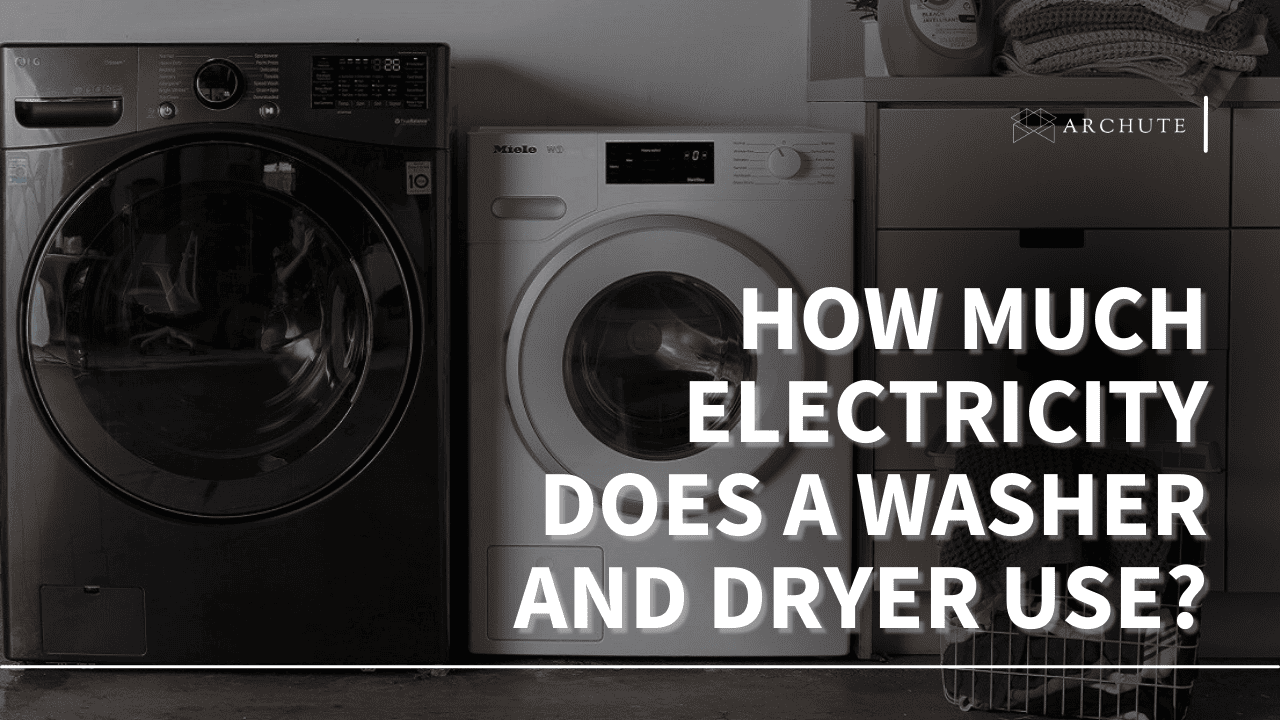Most homeowners consider the cost of installing a swimming pool and overlook its maintenance cost, which can be quite high. The swimming pool will need regular maintenance to keep it clean and the water healthy. Although the swimming pool uses various equipment, the pool pump is the one that impacts our monthly electric bill the most.
It needs to keep running to ensure the water in the pool circulates and removes dirt and debris. The pool pumps run for at least eight hours a day and use a considerable amount of power that significantly affects your home’s energy use. And because the pool pump is the heart of your pool’s water system, you will need to keep tabs on the cost of electricity it consumes.
How Much Does It Cost to Run a Pool Pump?
The cost of running a pool pump depends on the size and type of pump and how often it runs each day. On average, the cost ranges between $30 and $150 per month.
Image Credits: Electricrate.com
Follow these steps to calculate the cost of running a pool pump:
- Multiply Volts X Amps = Watts.
- Divide Watts / 1000 = KiloWatts (Kw).
- Multiply Kw X Hours per day of running the pump.
- Multiply kWh/day X Cost per Kilowatt.
The above formula means that you multiply the voltage and amp rating together to get the total wattage of the pump, then divide that number by 1,000 to get kilowatts. Eventually, multiply that number you got in kilowatts by the number of hours per day you run the pump. For example, if your pump uses 115 volts and has an amp rating of 18.6, then the pump’s kilowatt hour (KWh) rating would be 2.139 (115×18.6).
Once you get your pump’s KWh rating, multiply that number by the KWh rate on your electric bill. If your electric bill rate is 16 cents, for example, you will pay about $2.74 a day to run the pump, which translates to about $82 a month.
How Much Energy Does A Pool Pump Use?
A pool pump’s energy consumption depends on your pump’s size and energy efficiency. Pumps with large horsepower consume more amps, which is what you pay for, and more Kilowatt-hours (kWh). Energy-efficient pumps consume less power than standard pump motors.
Image Credits: Aquagem.com
A standard pool pump uses about 1 kilowatt (kWh) per hour. A faulty or energy-inefficient pool pump may use more than 2,500 kWh per year for larger pools. Generally, higher horsepower pumps consume more kilowatt-hours, while energy-efficient motors consume less power than standard pump motors.
Depending on the type of pump you use, the pool energy consumption can vary from 8,000 kWh per year for small pools to 15,000 kWh for large swimming pools. You can calculate this consumption using the information on the pump’s label. Check the label on the side of the pool pump to see if it uses 115 or 230 volts, or both. If it uses both, it is a two-speed pump. You also need to look for the pool pump’s amp rating, which you can find below the volt rating on its label.
Image Credits: Inyopools.com
This consumption indicates that pool pumps are among the most significant energy consumers, and sometimes, they can account for half of a home’s monthly electricity bill.
Factors that Influence the Cost to Run a Pool Pump
The cost of running pool pumps may be influenced by several factors, including your local electricity rates, the size of the pump, and how long it runs in a day.
Image Credits: Angi.com
1. Your Location
The biggest cost-determining factor is where you live. Different states and countries have different electricity rates. For example, someone living in Florida, where rates are around 16 cents per kilowatt hour, will pay far less to operate a 115-volt single-speed pool pump than someone in California, where rates are 30 cents per kilowatt hour.
Keep your electricity rate in mind when buying a new pool pump. Also, consider a more energy-efficient multi-speed or Energy Star-rated pump with less electricity consumption.
2. Pump Type
The type of pump you’re using can greatly impact how much electricity it consumes each month. Some types of pumps and their energy use include the following:
Image Credits:housegrail.com
- Variable Speed Pump: This is the most energy-efficient type of pump. It automatically regulates the amount of power it uses based on its workload to run efficiently compared to a single-speed pool pump. You can expect to spend an average of $13 per month when using a variable-speed pump.
- Single-Speed Pump: Single-speed pool pumps cannot regulate how much power they consume and only run at full speed. This makes their electricity consumption very high. You can expect to pay around $50 monthly when using a single-speed pump.
- Dual Speed Pump: Dual or two-speed pumps have high- and low-speed settings. The low setting is used for filtering and chlorinating the water, while the high-speed setting is for vacuuming and other pool maintenance. If your pump runs mainly on a low setting, you’ll spend around $30 monthly to operate it.
3. Pump Size
Pool pumps are designed to service different size pools. The sizes range from ¾ horsepower pumps to 3 horsepower pumps. The larger the pump, the more energy it will consume per hour that it’s running.
4. Running Time
The length of time that you take to operate your pump directly impacts how much you spend monthly. Your pool pump should cycle all the water in your pool once a day to keep it clean and healthy. For most standard pumps, that translates to running the pool pump for eight hours a day. However, depending on your pump’s water quality and type of filter, you may need to pump for longer.
How to reduce the cost of running a pool pump
The best way to reduce the cost of running a pool pump is to get yourself a variable-speed pump. However, this may be costly and not within your budget. Other ways to cut energy costs do not require big upfront investments.
Image Credits: Bobvila.com
1. Run your pump less
Your pool pump may be running more time than it needs to. Your pool water should be turned over once per day, and a pool pump can do this within eight hours or less, especially if you have a high-quality filter. If the water is clean, it should take less than eight hours to achieve clean and healthy water. The best way to find out is to experiment with your pool by backing its daily usage until you notice a change in water quality.
2. Reduce plumbing friction
For a pool pump to work, it has to pull water through pipes that lead to the pool. If these pipes have many turns and twists, they create a lot of resistance which forces the pump to work harder when doing its work. You should upgrade to larger pipes, say of 2 inches rather than 1,5 inches. You can also reroute the plumbing to reduce bends, reducing resistance and allowing your pump to work efficiently.
3. Add a bigger and high-quality filter
Using a larger filter will help create less resistance for the pump when pulling water than a smaller filter. It also traps contaminants better, reducing the time you need to run the pump. If you need to buy a new filter, consider a model that uses diatomaceous earth (DE). It efficiently removes dirt from water, making you use the pump less to clean the pool.
4. Use a variable-speed pump
Although variable-speed pumps are costlier than single-speed pumps, they drastically reduce energy consumption by 50%-80%. If you are using your pool for commercial purposes, it is cost-effective in the long run.
5. Keep your pool water quality high
Observe your pool’s water keenly to root out any potential problems before they become major. These issues can cause your pump to run longer to restore the water quality and make you spend a lot of money. You can also use other pool cleaners, such as supplemental sanitizers, clarifiers, and enzymes, to help sanitize your water and take pressure off your pump and filter. You can also use suction pool cleaners to suck the bottom of the pool and remove all dirt to give your pump an easy job.
Conclusion
The amount of electricity that your pool pump uses depends on the type of pump, the quality of water, the plumbing of your water pipes, where you live, and the running time of your pump. Keep proper maintenance and replace faulty parts with more efficient ones to reduce the power bill. Consider these factors before installing your pool pump to minimize the cost as you enjoy your investment.

